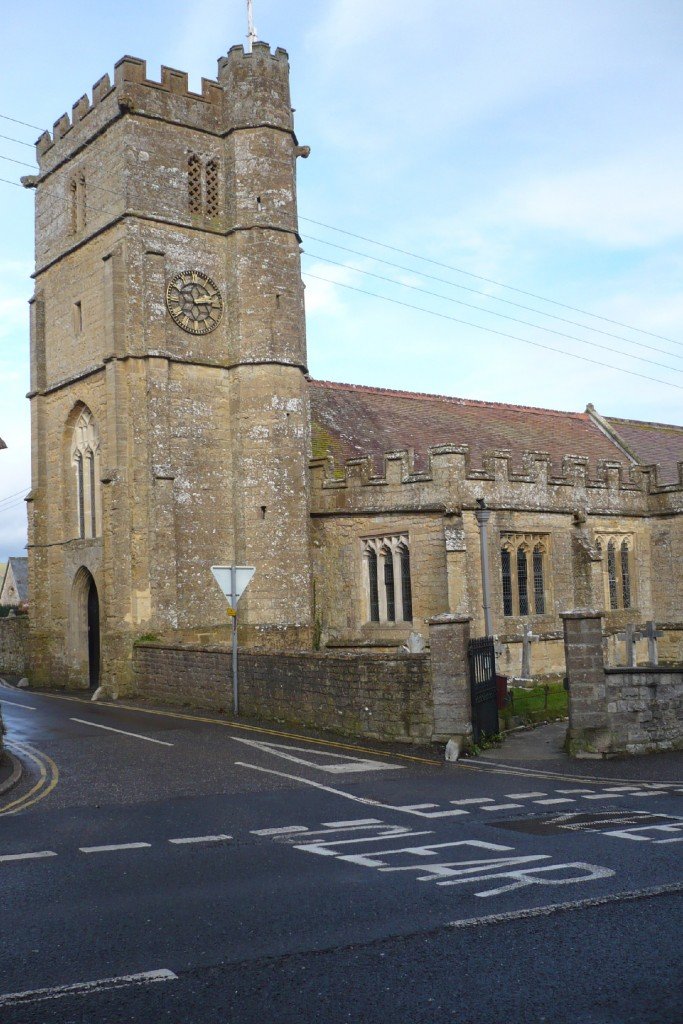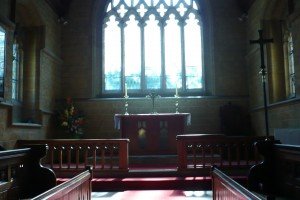 Welcome to St Giles Church
Welcome to St Giles Church
Team Rector:
Vacancy
Email:
Telephone: TBA
Church Warden:
Mrs Val Hunt
Email: Val Hunt
Licensed Lay Minister:
Mr Jim Pettifer
Email: Jim Pettifer
Times of Services:
1st Sunday in the month: Village service which is a simple service of hymns, readings and prayers followed by refreshments provided by The Friends of St Giles
2nd and 4th Sundays in the month: Holy Communion
3rd Sundays in the month: Chideock Praise which is a more spiritual, and using less formal language, type of worship, including hymns, readings and prayers.
5th Sunday in the month: Morning prayer
All services start at 11am.
Everybody welcome.
St Giles was a 7th century hermit, born in Athens, but active in the Rhône area. He became popular in the Middle Ages and is associated with beggars, wayfarers and the disabled.
The Parish Church of St Giles has evolved over several hundred years. The oldest part is the nave which dates from the 12th Century, probably with a chancel where the altar now stands.
The north transept was added in the 14th Century, where the organ now stands: this appears to have been a private chapel for the lords of the manor. There used to be a door, by the side of the present pulpit, leading across the churchyard to Chideock Castle, a victim of the Civil War, of which the outline is still visible in a nearby field.
In the 15th Century the south aisle, with the Arundell Chapel at its head, the tower and the porch were all added. The font, situated by the door to symbolise entry into the Christian life, is 14th or 15th century, although the wooden cover is more recent.
The Arundells inherited the lordship of the manor of Chideock by marriage in 1450. By 1802 Henry, 8th Baron Arundell of Wardour, had accumulated immense debts in building and furnishing New Wardour Castle in Wiltshire, and the estate was sold to his cousin, Thomas Weld of Lulworth, whose son Humphrey built Chideock Manor. The 15th century black marble tomb and effigy in the Arundell Chapel is thought to be Sir John Arundell – although that is not its original location.
Major restoration took place in 1884-85, when the present chancel was built.
The church acquired a new organ in 1892, but sited in the Arundell Chapel it obscured an important part of the church’s history. In the mid-1960s the organ was moved to its present position and the chapel was restored and refurnished. It was rededicated by the Bishop of Salisbury on the 20th July 1969.
The belfry formerly housed a peal of 4 bells. The oldest has an amusing inscription “Love Dog” (which should, of course, read “Love God”) due to accidental transposition of the letters when cast in 1602. A new bell was cast in 1887 to commemorate Queen Victoria’s Golden Jubilee and 10 years later the clock was installed for the Queen’s Diamond Jubilee. In 2011-12 the oak bell frame was replaced by a metal one and a Queen Elizabeth II Diamond Jubilee bell was cast, mostly paid for by the people of Chideock.
With the acquisition in the 1920s of a new burial ground some 300 yards to the west, the churchyard was closed to further burials. In the early 1970s, when the main road was widened, several graves were removed from the front of the church to the new burial ground
The heating, installed in 1987, was paid for by parishioners, although a project has now been launched to replace the system.
In 2013 the ringing floor was replaced and an oak screen erected with a glass panel at the top, so we can now see the ringers.
In 2019 the pews were removed from the western end of the south aisle to create a multi-use area, with a modern servery. An accessible toilet was installed at the base of the tower.
The church has some interesting windows, two of which, including an unusual Jesse Tree window, are behind the organ, so are visible only in the vestry. Others depict Christ raising the dead, the presentation of the infant Christ in the temple, and the Ascension. Just behind the pulpit, where the old door used to be, is a small window depicting St Giles.


